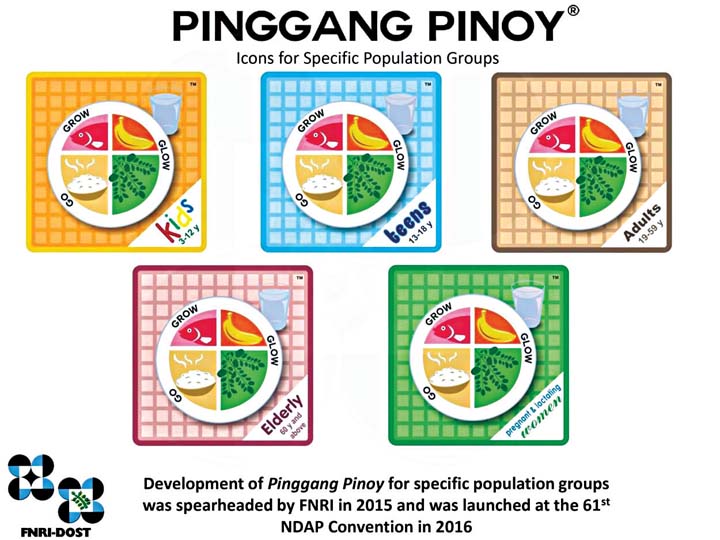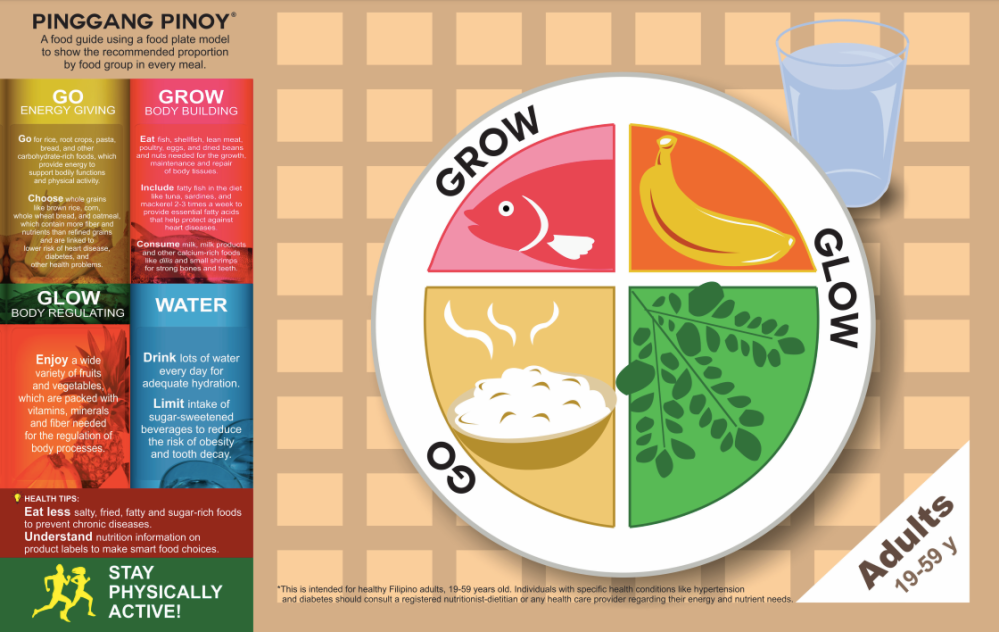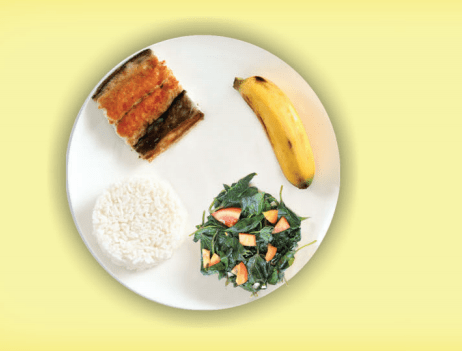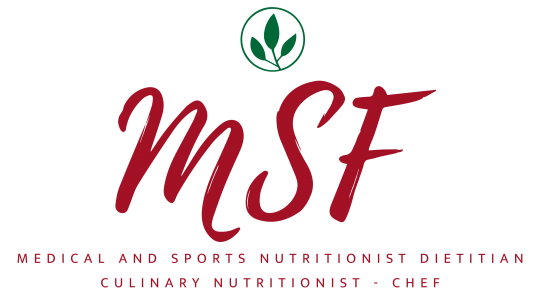Last July 1, the National Nutrition Council held this year’s 2019 Nutrition Month National Activation Event at Sta. Rosa Laguna. Promoting healthy eating and an active lifestyle with the theme: “Kumain nang Wasto at Maging Aktibo.. Push Natin To!”
But wait, are we ALL aware of the Filipino Diet? Is it really just about the diverse cuisine having these amazing flavors, umami, meat, fat, sugar and everything nice?
According to last US News Health, Best Diets Overall Ranking*, Asian Diet is at the number 14 spot with a scorecard of 3.4/5.
Remember, there is NO single Asian Diet.
If you go to places, you will witness different patterns and approaches when it comes to Nutrition and overall Health. For example, Japan is quite simple with their diet by focusing on some few natural ingredients and true flavors of food (umami) leading to a balanced diet. But definitely, Asian Diet revolves around daily consumption of rice, noodles, bread, corn, root crops, seafood, poultry, red meat, fruits, vegetables, legumes, vegetable oil, and natural spices. Most Asian Food pyramid also calls for 8 or more glasses of water/drinks.
Research suggests people in Asian countries who follow this dietary pattern weigh less than western counterparts. Experts were confident that these dietary plans if properly followed, could be nutritionally sound and effective. And did you know that one of these plans is the Filipino Diet?
Our National Government’s DOST – Food and Nutrition Research Institute (FNRI) in collaboration with the Department of Health (DOH) and the support of the World Health Organization (WHO), redesigned the recommended Food Plate and guidelines for much more effective Filipino eating habits. Before, we are used to just seeing the Filipino Food Pyramid and the Go/Glow/Grow chart. But now, we can identify more clearly and visualize properly how a Filipino Food Plate should look like with the help of the “Pinggang Pinoy”.
Development of the “Pinggang Pinoy” for specific population groups was spearheaded by FNRI in 2015 and was launched during the 61st NDAP convention in 2016.

“Pinggang Pinoy” is a food guide using food plate model to show the recommended proportion by food group in every meal. It is intended for healthy Filipinos. Individuals with specific health conditions should consult a registered nutritionist-dietitian or any health care provider regarding their energy and nutrient needs.
This food guide also promotes a physically active lifestyle and encourages Filipino individuals to eat less salty, fried, fatty and sugar riched foods to prevent chronic diseases.

Here’s a One-Day sample meal plan based on a 1890calorie diet for both healthy male and female 19-59y/o :



Look at that, as a registered nutritionist-dietitian and a fitness coach, I find this Filipino food plate design so fascinating, easy-to-follow, complete and balance. For me, it’s almost the same to the #1 Best diet*, the DASH Diet. We just need to modify it a little bit.
Okay, before you raise an eyebrow just because you see RICE in the food plate, let me just clear this out quickly: Rice, like white and brown, is NOT a bad carb.
Like any other healthy carbs we know, you can still enjoy rice from time to time. Not really a fan of white rice? Then go for whole grain rice like brown, red or maybe that delicious mountain rice! Again, you do need some carbs in a balanced diet but yes, these are often the source of excess calories, therefore just make sure you control your portion sizes and enough with the unli-rice craze. That is the main reason why our nutrition agencies are doing their best to inform us about proper proportioning and over-all intake. JUST. BE. MINDFUL. There’s no point cutting lots of one source of food and replacing it with another. Trust me.
Summary:
We don’t need to look elsewhere for the best diet plan, we all just need to be aware of our own Nutrition guidelines. These weren’t done out of nothing, it was thoroughly researched and planned before developing. Remember, before Fast Food, we Filipinos used to have a lower number of chronic diseases back in the old days. We just need to go back and learn the basics: “Eat to Live, and not Live to Eat”
Get a complete guide to Pinggang Pinoy at http://www.fnri.dost.gov.ph
Happy Nutrition Month!
Written for MULTISPORTPH
words by Fia Batua, RND -CSN
Registered Nutritionist Dietitian/ Sports Nutritionist/ Elite Fitness Coach
Contact details:
Email: aminabatua@gmail.com
Facebook page: MSF Sports Nutritionist Dietitian
References:
US News Health


